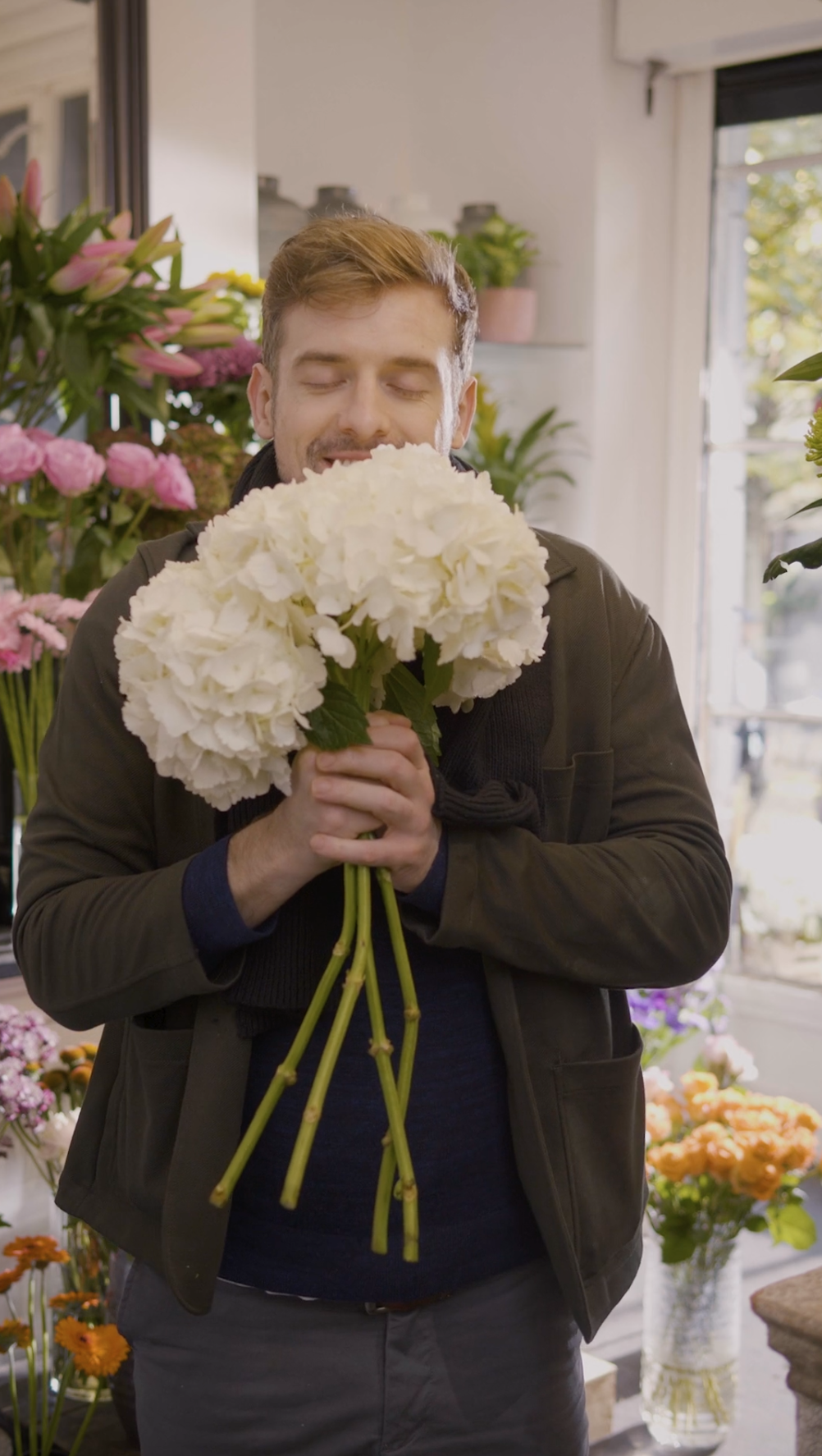Verticalness.
Sometimes you can see trends coming over the horizon…tal.
Clients are asking for vertical video, this makes sense as over 80% of the global population has a smart phone.
The largest brands in the world are embracing vertical video see below from one of our clients:
“It’s been great to support American Express on their December campaign and launch the brand on TikTok as a UK first.” Eulogy London
If I said to you a year and a half ago, that American Express was going on TikTok you would have thought I was having a laugh.
Vertical isn’t just a 90degree rotation of horizontal, it represents a change in the sub-text of brand messaging, vertical is an intimate way to communicate, it’s a human format, people are vertical in shape, our faces are vertical, it feels personal. It’s like speaking to 1x person.
You’re not just observing someone in a scene, you’re there with them, it’s often how we face-time on the go. There’s an immediacy and intimacy to vertical. It’s a conversation with the viewer, we aren’t showing, we’re sharing. This is the approach we should be embracing when thinking about vertical content. It’s time to learn a new language.
We naturally view the world with a horizontal outlook, filmmakers have been composing, capturing and sharing this view for well over a century. Some of the greatest artworks in history are horizontal.
Contemporary visual language has evolved using a landscape format. Thanks to TV and Cinema, we have this strongly embedded cultural reference point. The smart phone has changed the dominance of horizontal (forever) and it represents the continuing evolution of our visual language.
Having said this, everyone we spoke to said they wouldn’t want to watch a feature length film vertically, we expect this to remain the case for some time and that’s just fine, this isn’t about wrong or right this is about finding the best format for your message. Apple’s 2021’s The Stunt Double Directed by Damien Chazelle has opened up the conversation around what “vertical cinema” is, or what it can be, to a broad audience and really serves to illustrate my point that the cinematic language of the vertical format is fundamentally different to that of the horizontal canon.
The Chinese read ‘top to bottom’ so vertical is ingrained in their culture, it could be argued that this is also where the popularisation of vertical video content started, thanks to the likes of TikTok, Instagram Reel & Stories. Vertical suits scrolling with your thumb through content, it works for short targeted messaging.
Today video is created in Vertical and Horizontal, the chosen format will be influenced by the target platform (eg Instagram, TikTok, Youtube, Facebook etc) and the story.
Cameras are still heavily biased towards Horizontal capture, so there needs to be some consideration in Pre-Production. Sometime a phone is the best solution (really) and at other times a more ‘Professional’ set up.
I started my career as a photographer shooting countless magazine covers and single page Ads, composing in the vertical is second nature. (Squares were my favourite TBH) Filming Vertical Video is just a natural extension.
So, Which should you choose ?
Vertical vs Square vs Horizontal
I ask clients what the primary platform will be, from this I determine a capture bias, eg vertical or horizontal. From either of these you can typically crop a decent square if you’ve made allowances whilst filming.
If the content is getting pushed through multiple channels eg vertical & horizontal & square then this might require repeating some shots for both orientations to achieve optimum results.
Here’s a link to an up-to-date guide on aspect ratios and specs for different social platforms.
Adrian Weinbrecht, October 2022
DOP Adrian Weinbrecht with a vertically mounted RED.






